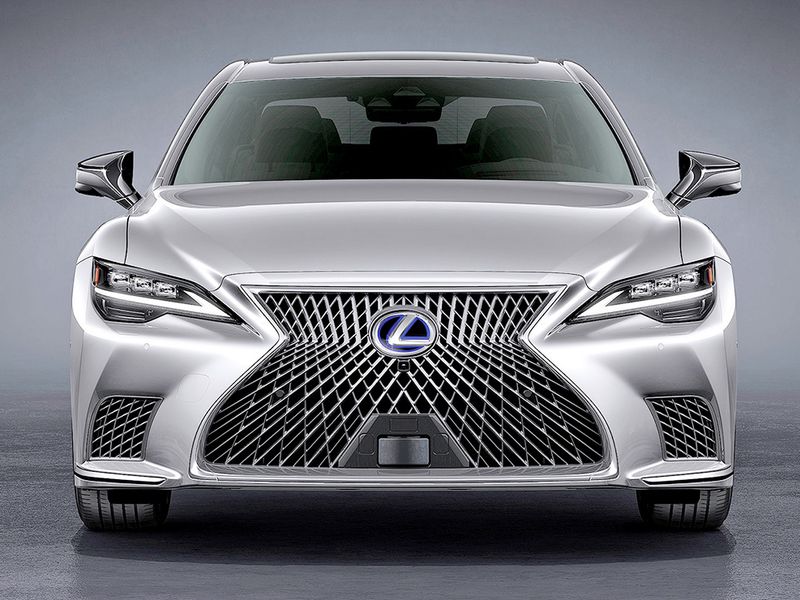
TOKYO — Toyota Motor Corp. will deploy its most advanced automated driving system to date in a freshened Lexus LS sedan later this year, pitching the setup as a lidar-based Level 2 system that can automatically change lanes and pass other vehicles in highway driving.
The rollout furthers Toyota’s bid to catch competitors, especially in the luxury segment, that have been more aggressive in introducing self-driving vehicles.
Last week, Tesla CEO Elon Musk told a technical conference audience that Tesla could have the technology for completely autonomous Level 5 driving within the year. But some in the industry now doubt that automakers will ever achieve commercially viable, completely autonomous driving.
Toyota, preferring a more conservative approach, has steered clear of labeling its system self-driving or autonomous. Toyota instead calls its systems automated, a nod to the system’s reliance on human interaction.
The new technology, marketed as Lexus Teammate, is an outgrowth of the Mobility Teammate concept Toyota has been working on for years.
In a statement last week, Lexus said the new setup will debut in a midcycle freshening of the flagship LS sedan, which also gets new interior flourishes and a smoother, quieter ride.
Toyota signaled last year that it would deploy the technology in a production car in 2020. At that time, James Kuffner, the head of Toyota’s automated driving program, said his team aimed to develop the “most powerful supercomputer on wheels.”
The technology was prepared by Kuffner’s Tokyo-based Toyota Research Institute Advanced Development Inc.
Lexus Teammate, the company said, incorporates artificial intelligence and deep learning “for predicting and responding to various situations possibly encountered.”
The updated LS goes on sale in Japan later this year. Lexus declined to give further details about launches in other markets. Lexus Teammate is initially geared toward Japanese laws and regulations.
The system will underpin Toyota’s first Level 2 automated vehicle and is expected to use lidar technology developed partly with Denso Corp. That system will enable the Lexus to automatically change lanes, follow lanes and pass vehicles in highway driving.
Pictures of the new LS show black lidar scanners inset behind the front wheel wells, lending the look of brake cooling vents. Other lidar scanners are on the front and rear of the car.
One image depicts a pop-out washer showering the front lidar with two jets of water to keep it clean.
It is unclear whether Lexus Teammate will be offered standard or as an option on certain trims. But the media photos depicted the lidar sensors deployed in the hybrid LS.
Lexus Teammate will be able to navigate a series of highway driving scenarios, including keeping the vehicle in its lane, maintaining vehicle-to-vehicle distance, lane splits, changing lanes and overtaking other vehicles.
It also features an automated parking assist that supports steering, braking, acceleration and gear changing to help guide the car, with a bird’s-eye view display.
Denso already supplies the forward radar, forward stereo camera and electronic control unit that is part of the current Lexus Safety System+. For the Lexus Teammate version, Denso will supply one more sensor and an additional ECU to be capable of higher-level calculations.